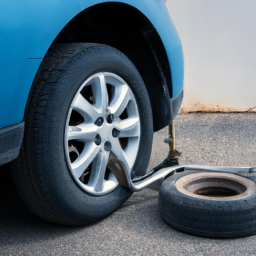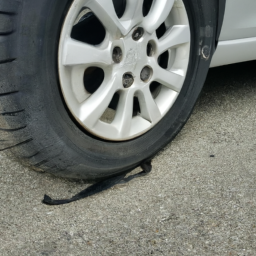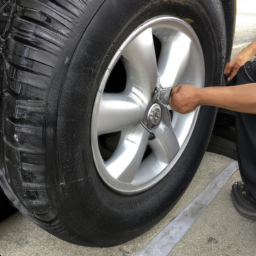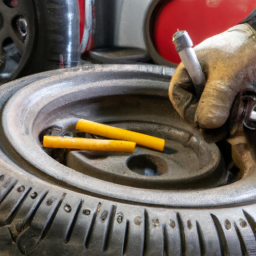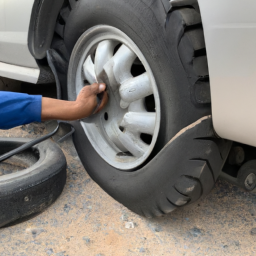Flat Tyre Repair: What You Need to Know
Cars are complex machines that require regular maintenance and repair to stay in good working order. One of the most common issues that drivers face is a flat tyre, which can be caused by a variety of factors such as punctures, leaks or blowouts. A flat tyre can be a frustrating and stressful experience, but it doesn’t have to be if you know how to properly repair it.
When you encounter a flat tyre, the first thing you should do is find a safe place to pull over. It’s important to avoid driving on a flat tyre as this can cause further damage to your vehicle and make the repair process more difficult. Once you’ve pulled over, turn on your hazard lights and apply the parking brake to ensure your safety.
Next, assess the damage to your tyre. If you notice a visible puncture or tear, you will likely need to replace the tyre entirely. However, if the damage is minimal, you may be able to repair the tyre with a patch or sealant. It’s important to remember that not all flats can be repaired, and it’s a good idea to consult a professional if you’re unsure about the extent of the damage.
If you decide to attempt to repair the tyre yourself, you will need a few tools including a jack, lug wrench, patch kit, and a tyre gauge. Always consult your owner’s manual for specific instructions before attempting any repairs.
First, use your lug wrench to loosen the lug nuts on the flat tyre. Then, raise the vehicle with a jack and remove the wheel from the axle. Depending on the extent of the damage, you may need to remove the tyre from the rim in order to apply the patch or sealant.
Once the tyre is removed, inspect the inside and outside for any punctures or holes. If you find damage, clean it with a wire brush or sandpaper to ensure a smooth surface for the patch or sealant to adhere to. Apply the patch or sealant according to the instructions on the product, being careful not to over-apply or create any air pockets.
After the patch or sealant has been applied, reassemble the tyre onto the rim and lower the vehicle back to the ground. Tighten the lug nuts in a star pattern to ensure they are evenly tightened.
Finally, use a tyre gauge to check the tyre pressure. Inflate the tyre to the recommended pressure level, which can be found on the sidewall of the tyre or in your owner’s manual. It’s important to check the pressure regularly to ensure safety and optimal performance.
In summary, a flat tyre can be a frustrating experience, but it doesn’t have to be. By following these steps and using the proper tools, you can repair a flat tyre yourself and get back on the road safely and quickly. Remember, it’s always a good idea to consult a professional if you’re unsure about any aspect of tyre repair. Safety should always be your primary concern when dealing with car repairs, so take your time and make sure to do it right.

